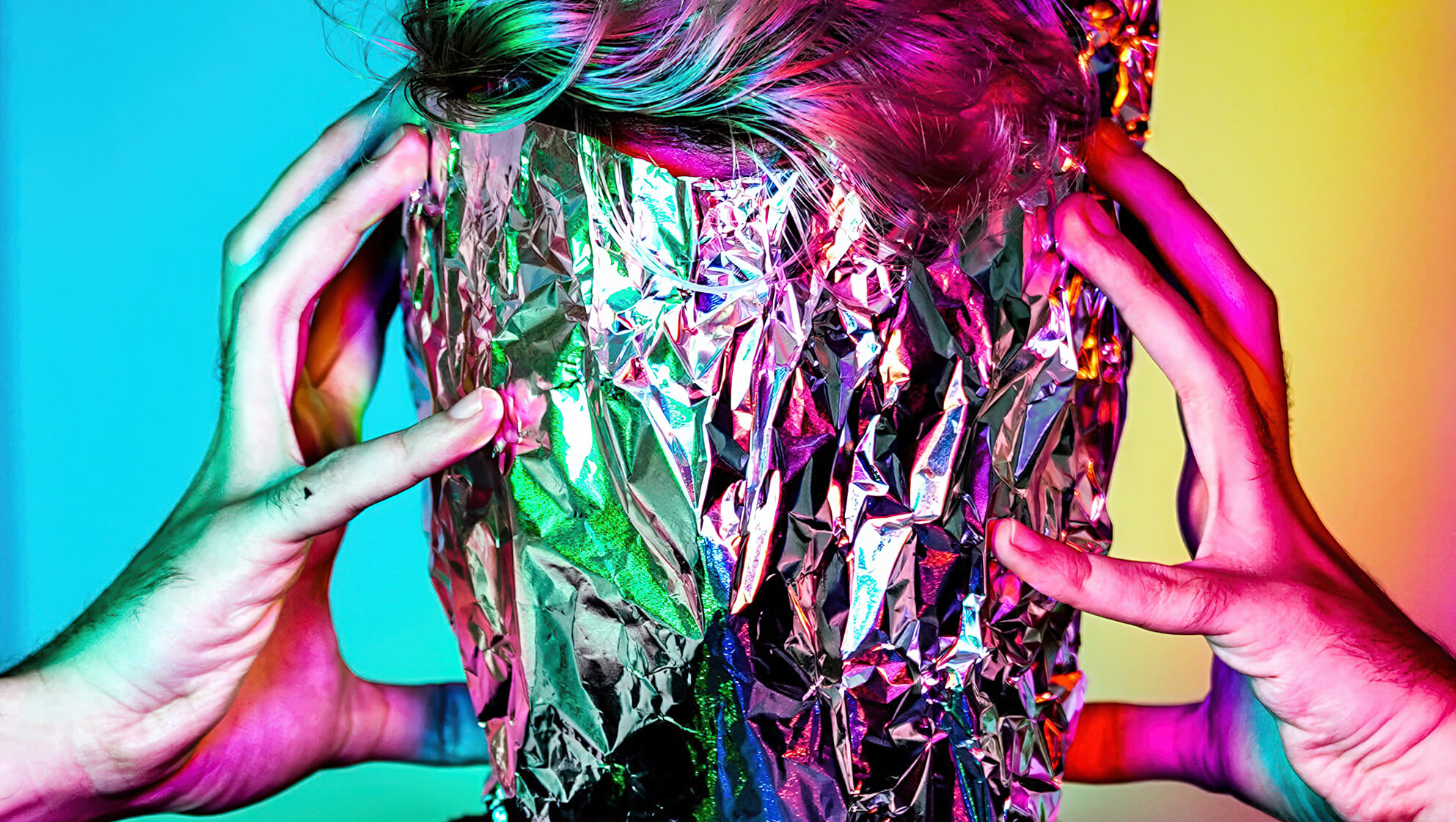Design can refer to any aspect of how you present yourself as a company. Visuals and interactive elements both contribute to a website, for instance.
So, what should we expect to be the next “big thing” in web design for the coming year?
1. Rethinking How We Work: Reflecting on the Pandemic
Major design disruptions will occur in the coming year, some of which are driven by major events like the COVID-19 pandemic. And the impact goes beyond just visual design, as the way businesses operate and interact with the environments around them will change.
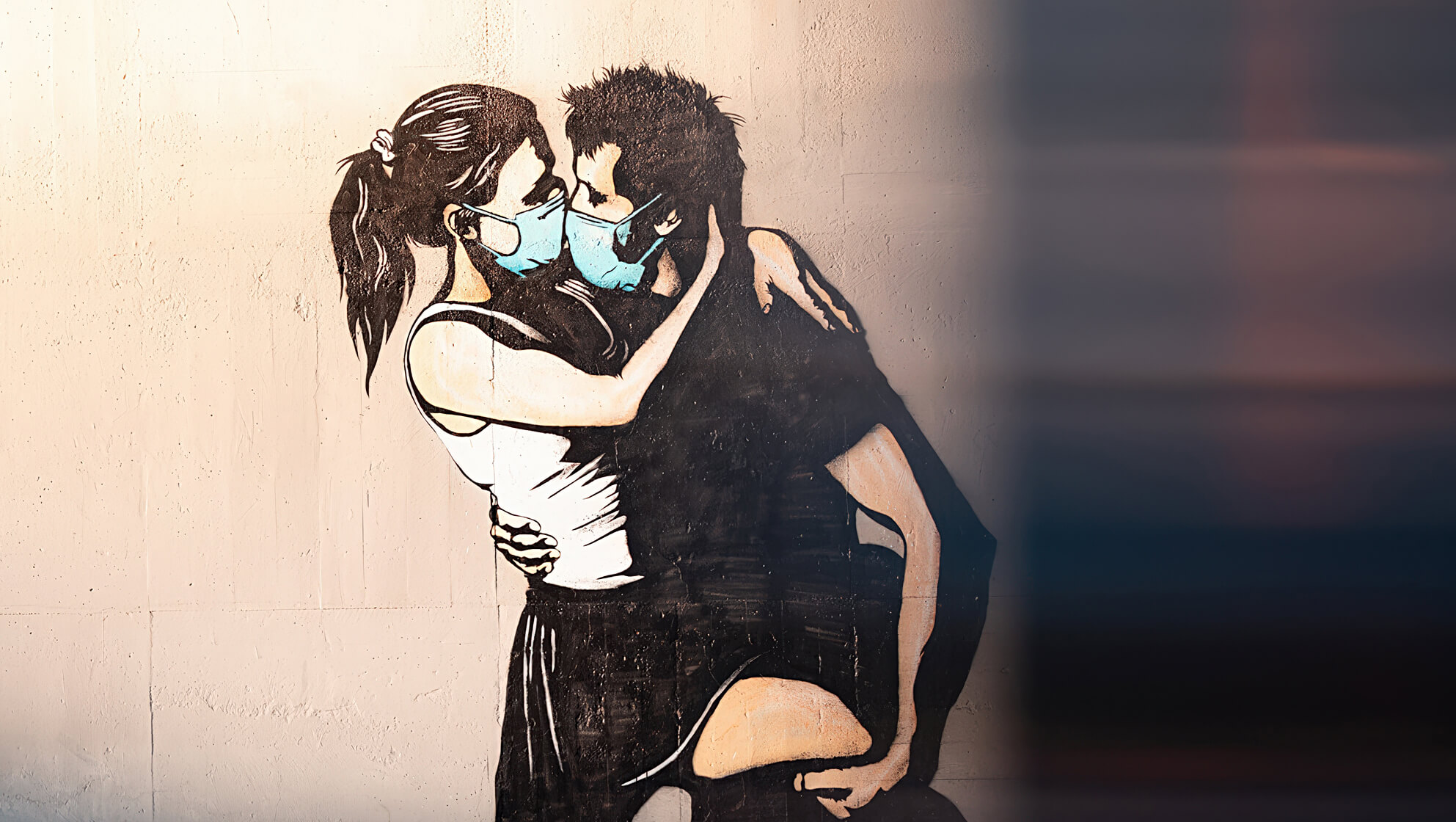
2. Going Remote
COVID-19 has greatly put business into a remote context. Not only are more employees working from home, but people have become more aware of the risk of touching public surfaces like kiosk touchscreens.
Today, we’re seeing a shift towards more digital corporate events and people making bank transactions from mobile apps rather than through ATMs. Being able to use your own phone for certain tasks is a point of comfort for most customers.
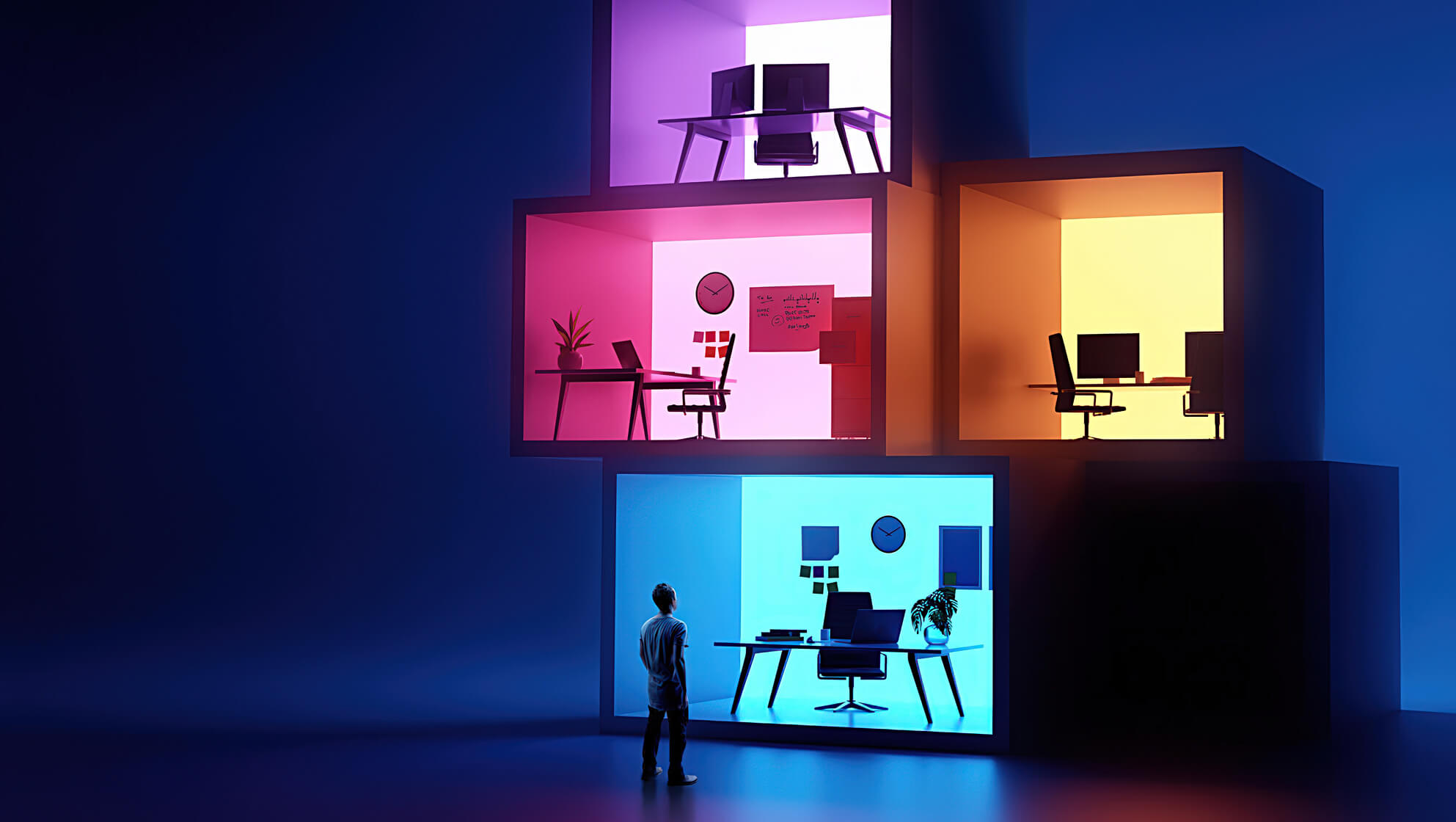
3. Sustainability & Design
People have always gravitated towards companies who show their dedication to sustainability. The reuse and recycling of materials as well as an emphasis on pollution reduction will continue to be themes running into the coming years.
Likewise, the way businesses present themselves to potential clients will continue to include sustainability as a selling point.
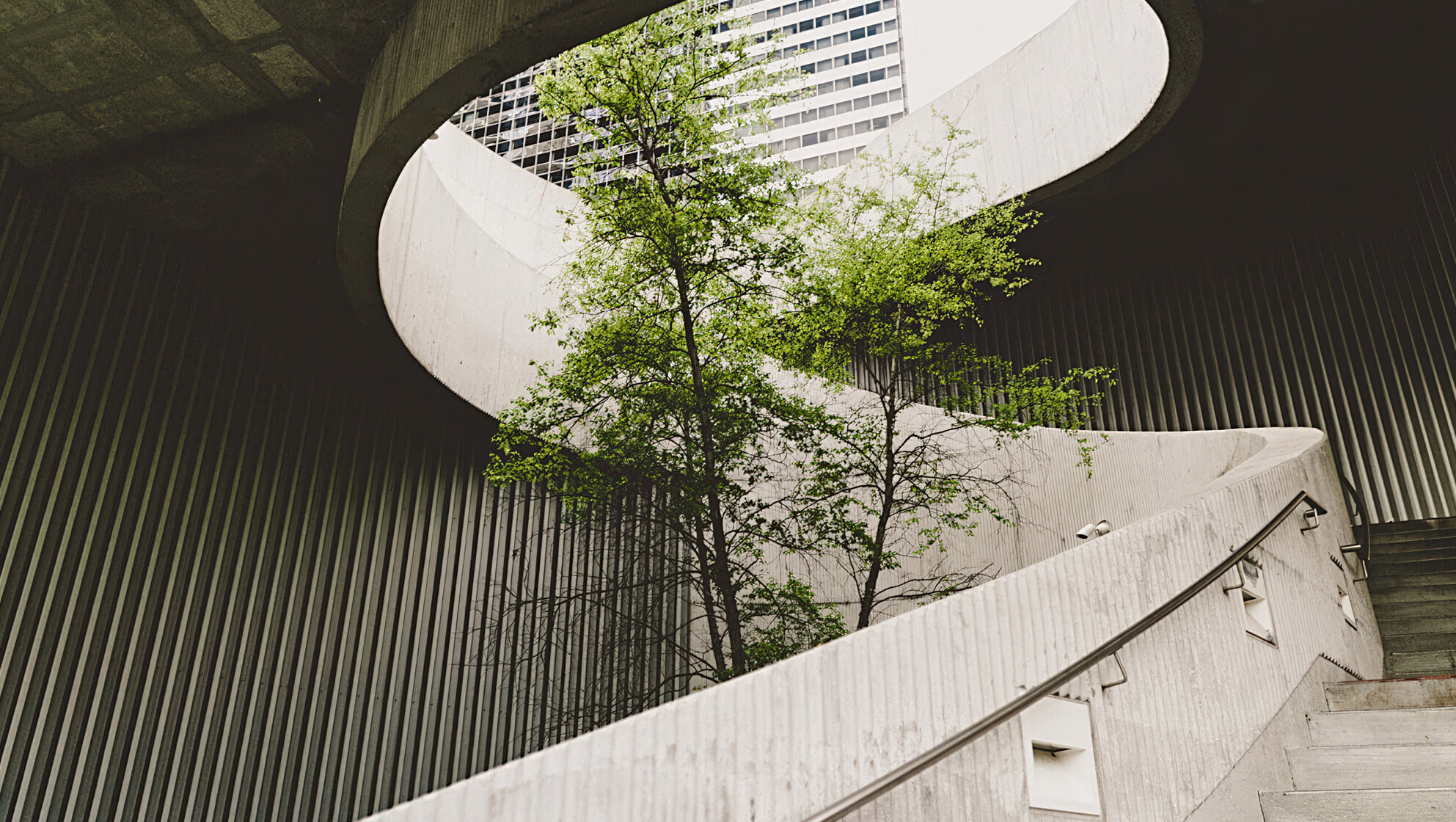
4. Design For Everyone
15% of the world’s population has some sort of disability, whether it’s visual, cognitive, aural, or otherwise. And with more people interacting with businesses over the Internet on mobile devices, organizations are finding new ways to adapt their design language towards better accessibility.
Choosing color palettes that are readable by those with different types of color blindness is one example that’s easy to implement. Another one that works outside of web design is offering audio instructions to users with visual impairments.
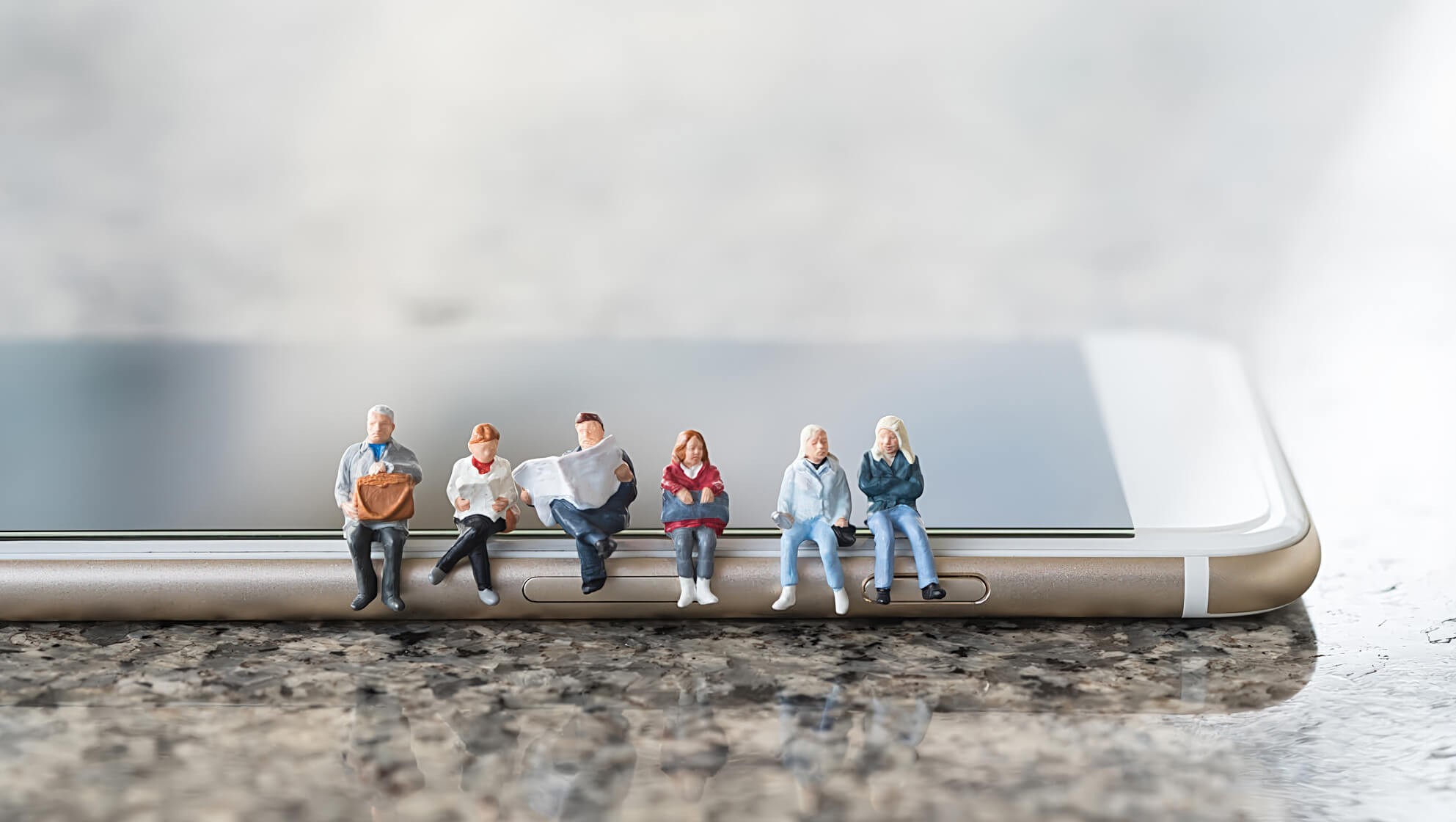
5. UI/UX Design
More and more customers are interacting with businesses through websites and electronic devices. It’s natural for design trends to manifest the most in web design as a result, and UI/UX specialists have a chance to focus on the interactive aspects of a business’s website.
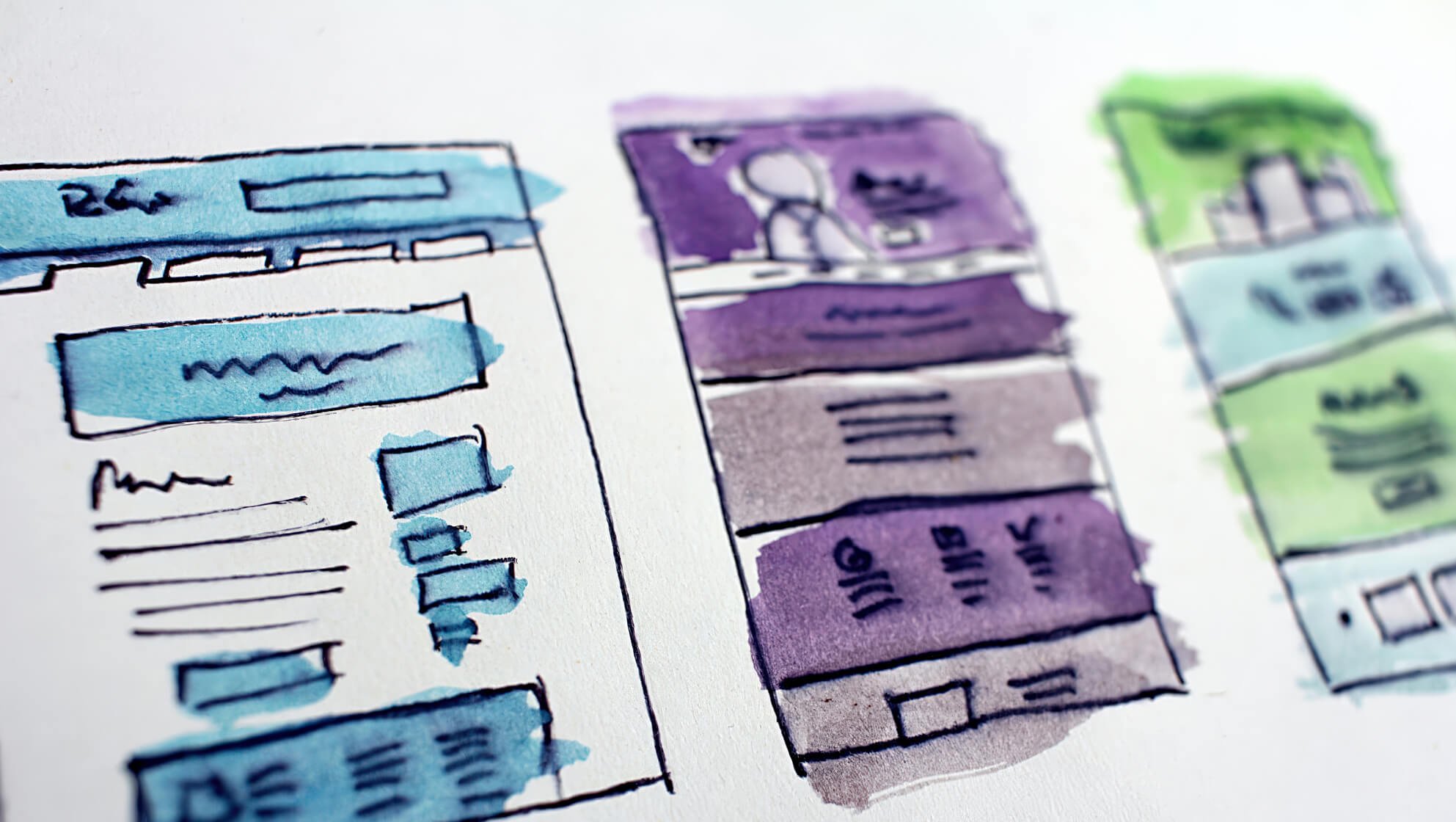
6. A Focus on the Consumer Journey
The spread of digital software like Adobe’s Creative Cloud suite has empowered basically any designer to achieve the visions they want on a technical level. The implication is that designers today focus less on the implementation of the concept and more on how the design impacts the user.
For businesses, this new focus is on tailoring the site toward the consumer journey. Tell the “story” of how a visitor interacts with your company for the first time by conducting market research and building narratives. The UI design you ultimately choose will reflect your findings.
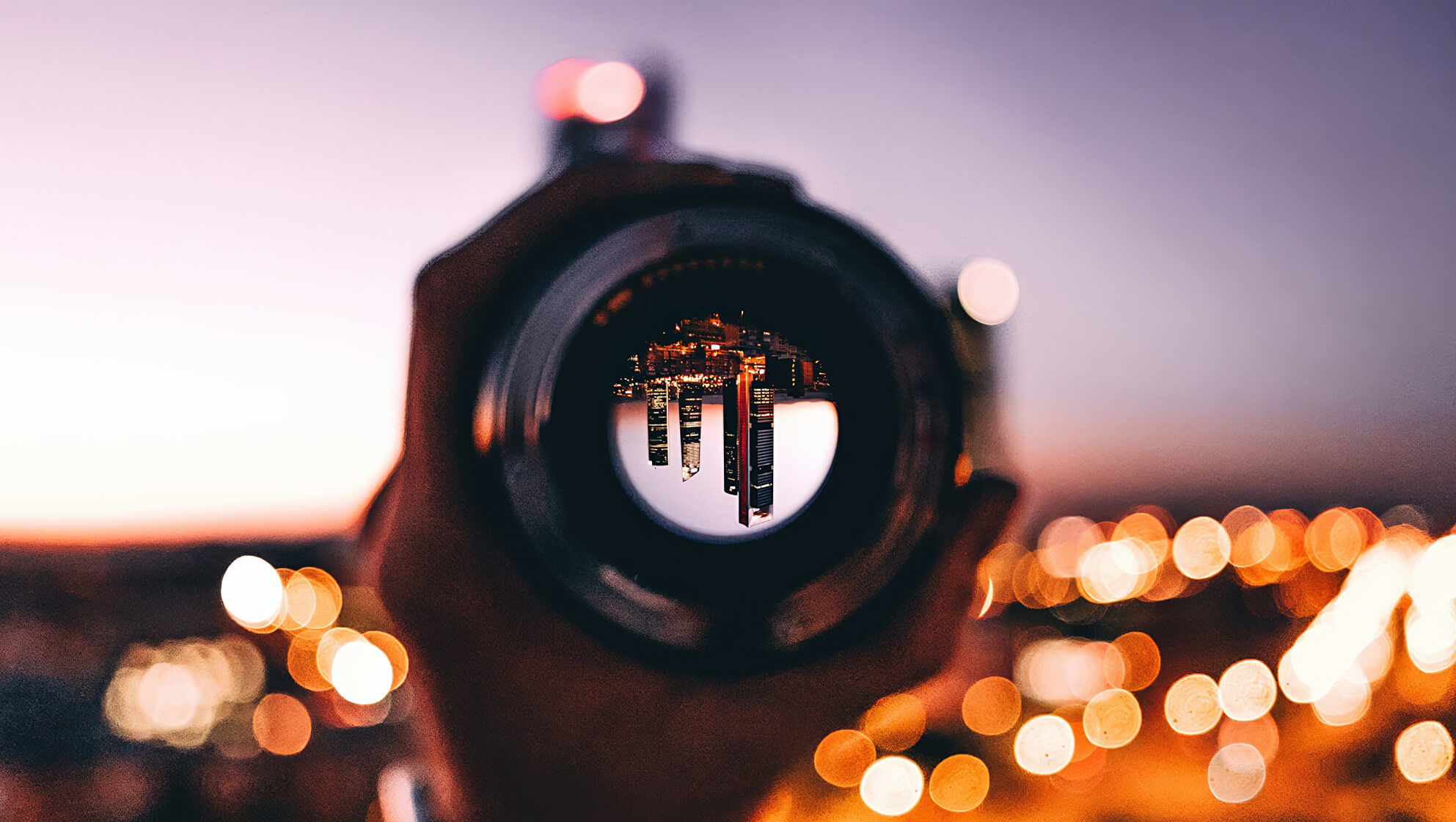
7. Empathy In Design
The Internet is an excellent invention, but it can also be addictive at times. For many companies, creating an online website or service that keeps you coming back is a profitable goal. And while most of us can manage our smartphone time well, businesses should respect the people who use their services and tools online.

8. Moving Beyond the Familiar
More and more customers are interacting with businesses through websites and electronic devices. It’s natural for design trends to manifest the most in web design as a result, and UI/UX specialists have a chance to focus on the interactive aspects of a business’s website.
Grid-Based Interfaces
Both on paper and on the Internet, putting all your elements to rectangles and squares on a grid was one of the most space-efficient ways to get everything you need on a single page. It was fast and responsive, but it became a cliche over time as too many websites ended up using it too often.
We’re starting to see a rise now of asymmetrical design and other more creative ways to approach space efficiency.
Flat Design
Minimalism is incredibly popular for many reasons. You might have noticed if you’ve seen the app icons on modern smartphones dropping all the tiny details and going for a simple look. A lot of corporate logos have been updated to match the same goal.
But while minimalism as a whole is still around, the “flat” look is not in everyone’s taste. We’ve seen desktop operating systems adopt a skeuomorphic design that makes the interface look fresh and natural while not impacting usability.
Neumorphism
This type of UI design is driven heavily by shadows and the direction of light. While fancy and modern, interfaces drawn in neumorphism can be difficult to use, especially if you have a visual disability. In the name of accessibility, neumorphism is unlikely to return as a leading design philosophy.
Stay on the Cutting Edge of Design With Xhilarate
It’s no secret that what’s in today could be out tomorrow. After all, design trends evolve with user behavior and expectations. Staying competitive requires an agile approach, a willingness to adapt, and the capabilities to change. Are you looking for a proven design agency to help you stay on the cutting edge of today’s evolving design trends? Get in touch with Xhilarate today to learn more.
